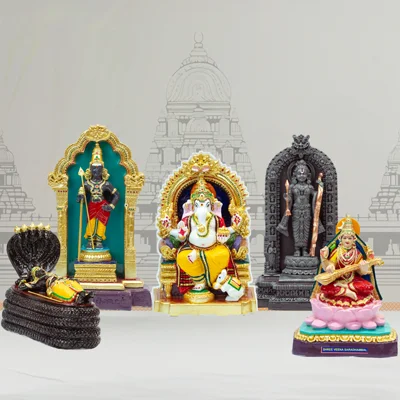Chhath Puja 101: Significance and Rituals Of The Festival Dedicated To Sun God
Read more »
Deepavali is a Feeling: Celebrate with Light, Fragrance and Meaning
Read more »
Celebrate Navratri with Golu Padis and Bommais from Giri UK
Read more »
Akshaya Tritiya
Read more »
Yantras in Sanatana Dharma and Tantra Shastra
Read more »
Ugadi and Gudi Padwa: Celebrating the New Year with Tradition, Joy, and Renewal
Read more »
The Festival of Colours and Unity
Read more »
Karadaiyan Nombu - A Festival of Love, Devotion, and Family Bonds
Read more »
Maha Shivaratri
Read more »










